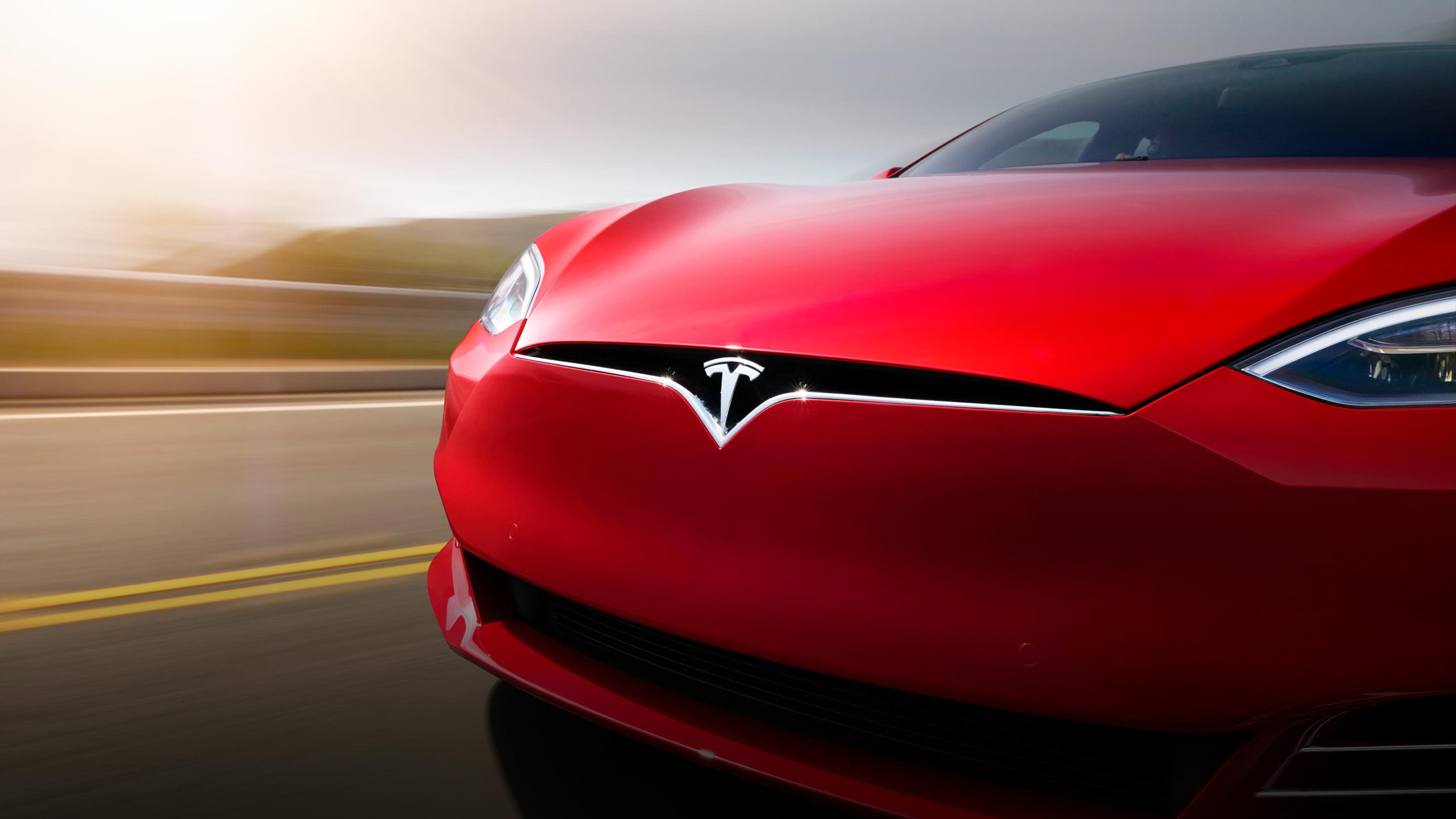
What can the print industry learn from Tesla?
January 19, 2022
Managed Print Services, Digital Transformation, Article
Can leading print industry players truly reinvent themselves to drive disruption in their industry and harness the entrepreneurial, start-up spirit and design thinking that Tesla has brought to the auto industry?
The opportunity for innovation
The disruptive innovation Tesla is bringing to the auto industry may seem a world away from the print industry. However, they share common characteristics. Like the auto industry, the print industry is steeped in traditions of long manufacturing cycles and engineering perfectionism. Despite both industries having access to huge amounts of capital and enormous economies, they are saddled with corporate inertia.
Quocirca’s COVID Tracking Survey revealed that 80% of industry executives believe the pandemic has created the opportunity for innovation in the print industry. However, 47% said that fostering an innovative culture was a key challenge. Additionally, a poor culture for innovation is cited as the top challenge stifling progress, although print industry leaders recognise it as the most important strategy for success in the future.
While print manufacturers continue to innovate their core product portfolios, there is little disruptive technology and business model innovation. Typically, their corporate cultures are not conducive to pushing new products and services at the expense of old ones. Shifting buyer priorities and a rapidly evolving technology landscape in which print and digital technologies are converging means print industry heavyweights may not be the leaders of tomorrow. They must reinvent themselves, which will involve undergoing rapid cultural change.
Disrupting a legacy industry
Tesla has redefined the automotive industry across the value chain. As legacy auto manufacturers accelerate their electrification programmes and new entrants such as Rivian enter the market, Tesla’s market position will undoubtedly be challenged. However, Tesla has changed the rules of the game, making software and data analytics core to its business. It has created an ecosystem that encompasses electric vehicles, the charging infrastructure and solar systems.
At this point of print and digital convergence, print manufacturers are in a race for relevance. Here are some key areas where disruption in the automotive industry can also play out in the print industry:
- Sustainability driven innovation. The Tesla brand is indelibly linked with Elon Musk and a bold mission “to accelerate the world’s transition to sustainable energy”. In addition to electric vehicles (EVs), it manufactures and sells battery and solar panel technology. Today EVs are directly aligned to the United Nations Sustainable Development Goals (SDGs). The shift to electric mobility is also catalysing innovation in green batteries, showing how sustainability has become critical to every part of the value chain. This holds true in the print industry, where circularity principles apply across the product lifecycle. In addition, as sustainability moves higher on the corporate agenda, manufacturers and their partners need to address the requirements of today’s increasingly socially and environmentally conscious buyers.
- Fully leveraging IoT data and connectivity. At its heart, Tesla is a data-driven company, using artificial intelligence and IoT data to analyse and predict customer requirements. It was the pioneer of over the air (OTA) updates, which use sensor data from vehicles to deliver updates that improve safety, performance, and infotainment capabilities remotely. More automotive OEMs are leveraging vehicle-generated data for predictive maintenance, usage-based insurance, real-time mapping and more. Print manufacturers today are still not fully exploiting the opportunities around IoT and big data. Learning more about customers by analysing data gives print manufacturers and their partners an unprecedented opportunity to deliver better products, services and customer experiences.
- Open innovation and collaboration. In 2014, Elon Musk famously announced that Tesla was joining the open source movement and giving its patents for free. In November 2021, Tesla confirmed that it would open its Supercharger network to electric vehicles from other manufacturers. Musk stated “it’s our goal to support the advent of sustainable energy; it’s not to create a walled garden and use that to bludgeon our competitors”. While print manufacturers pride themselves on their patents, in a traditionally closed and proprietary industry, there must be more collaboration if they are to thrive in tomorrow’s open ecosystem. In Quocirca’s COVID business impact study, 86% of respondents agreed that an open ecosystem will be important for the print industry between now and 2025, with 62% indicating that the way forward for the industry is for OEMs to strengthen alliances and partnerships, particularly with tech giants such as Amazon, Microsoft and Google.
- Shaping the future of service. Tesla has combined many sales centres with service centres. Most auto manufacturers, like print manufacturers, manage service as a profit centre. So, could the rise of software-controlled functions within devices chip away at the service and repair business? Predictive analytics are already used by print manufacturers to identify when service or repairs are needed. While service and supplies (ink and toner) will remain a key source of profit for the print industry, the potential of more efficient servicing through software connectivity could reshape the service model in the future.
- Reshaping channel sales models. Digitisation is permanently changing the shape of customer interaction. From the outset, Tesla has relied on a direct online sales model with strategically placed showrooms. In contrast, many established auto manufacturers still rely heavily on traditional three-tiered sales. Many are now rethinking their sales models, shifting to an “agency model”. Here dealers become “agents” with sales conducted directly between the manufacturer and the customer. This gives the manufacturer access to customer insights across all channels. Although this isn’t about completely replacing a dealer network with direct, online sales model it does changing the role of the dealer. In addition to Tesla, Volkswagen, Polestar and Mercedes are now using this customer-centric, omnichannel approach in the EV market. In the print industry, the channel will need to be open to change. Yesterday’s channel model is not sustainable for today’s digital B2B IT buyers. The rise of online marketplaces is already disrupting technology purchasing and channel partners need to build services beyond the commodity of printer hardware.
The way forward for the print industry
Tesla has led a paradigm shift and proved that a legacy industry can be disrupted through both technology and business model innovation. Tesla, like most of the innovative disruptors of recent years, leverages software and a data-driven model to unlock opportunities.
In comparison, legacy vendors such as print manufacturers are constrained by a traditional value chain and partners with fixed business models. To overcome this, print manufacturers must be able to drive the level of personalised customer intimacy that is common to today’s disruptors – not only Tesla, but also Netflix, Spotify and Amazon.
Each of these companies has changed the rules of the game – and the print industry also needs to rethink how products are designed, distributed and serviced. This means disrupting partnerships – and perhaps the most vulnerable in the value chain will be the channel. Some partners will be ready to change, but waiting for others to catch up could threaten the long-term viability of any major print industry player.
Ultimately, the print manufacturers that are the most agile, software-centric and innovative will be best positioned to succeed. Print manufacturers’ past success is perhaps the biggest hurdle to taking their companies in a new direction; strategies that were successful over the last several decades are not likely to succeed in the next.
Read Quocirca’s predictions and recommendations for the print industry in 2022.
You have Successfully Subscribed!
Stay ahead with industry insights
Receive Quocirca’s latest articles and research updates




